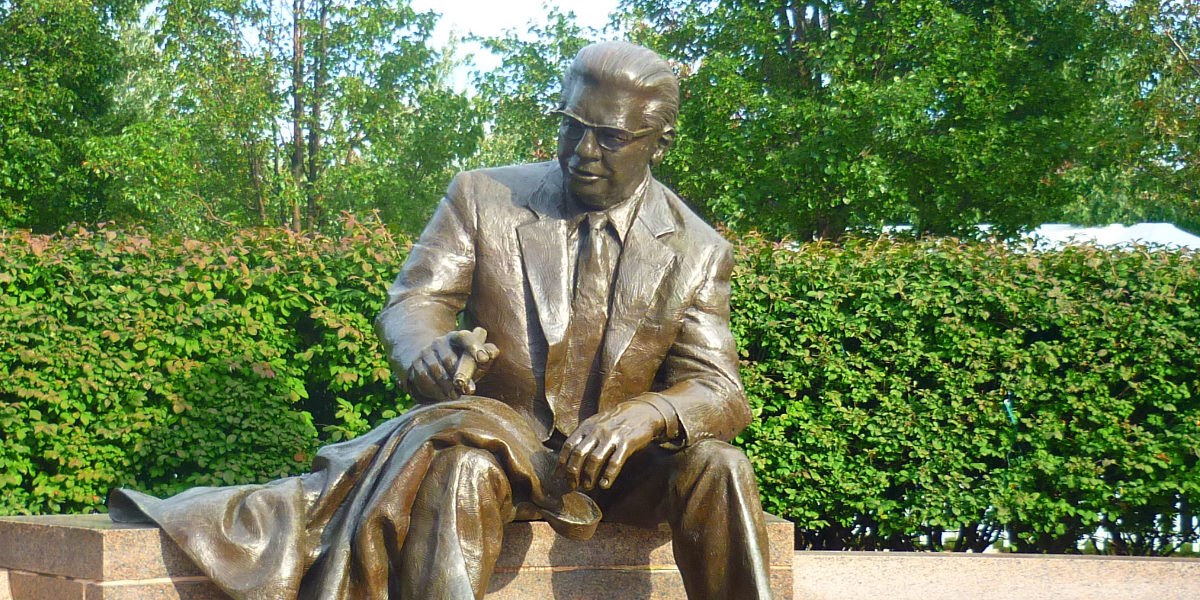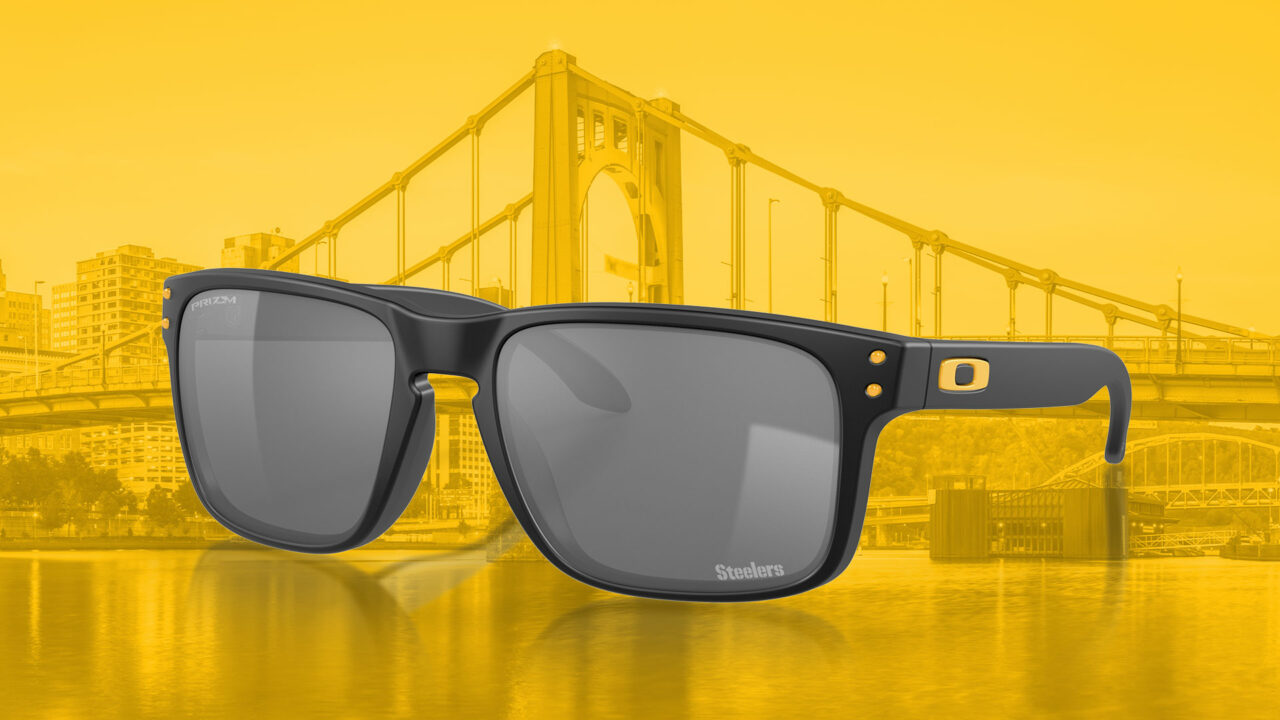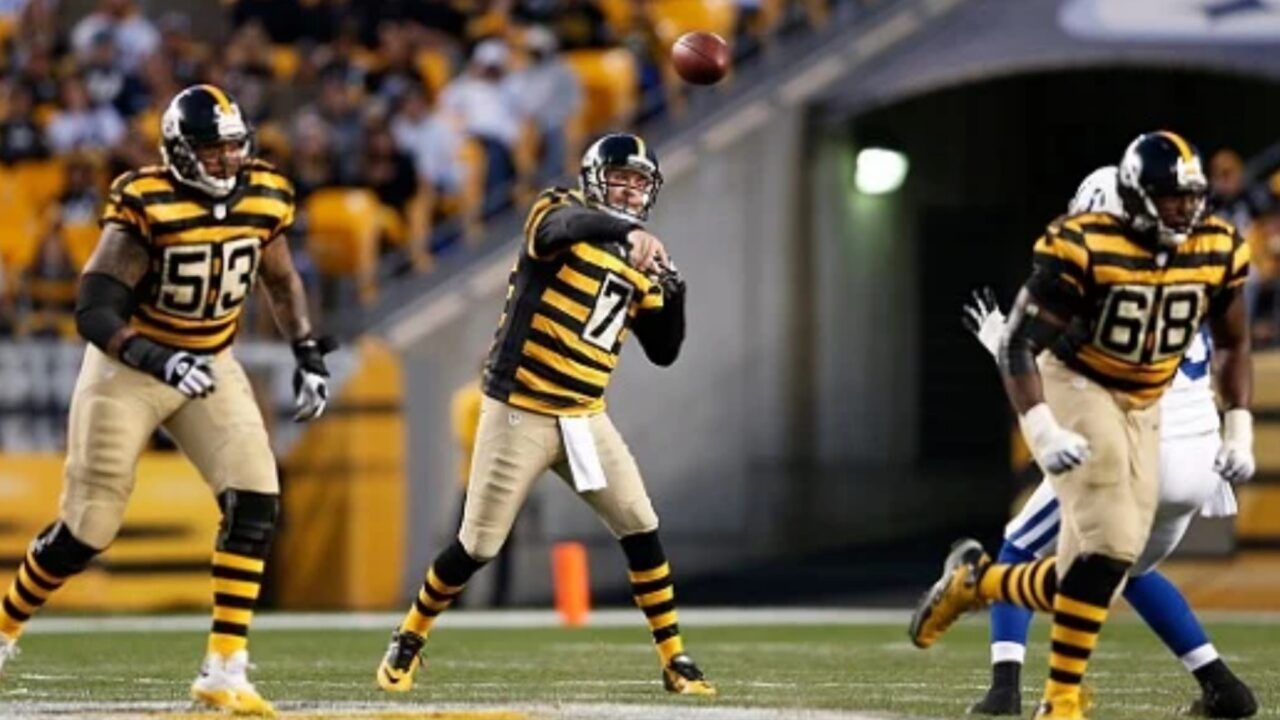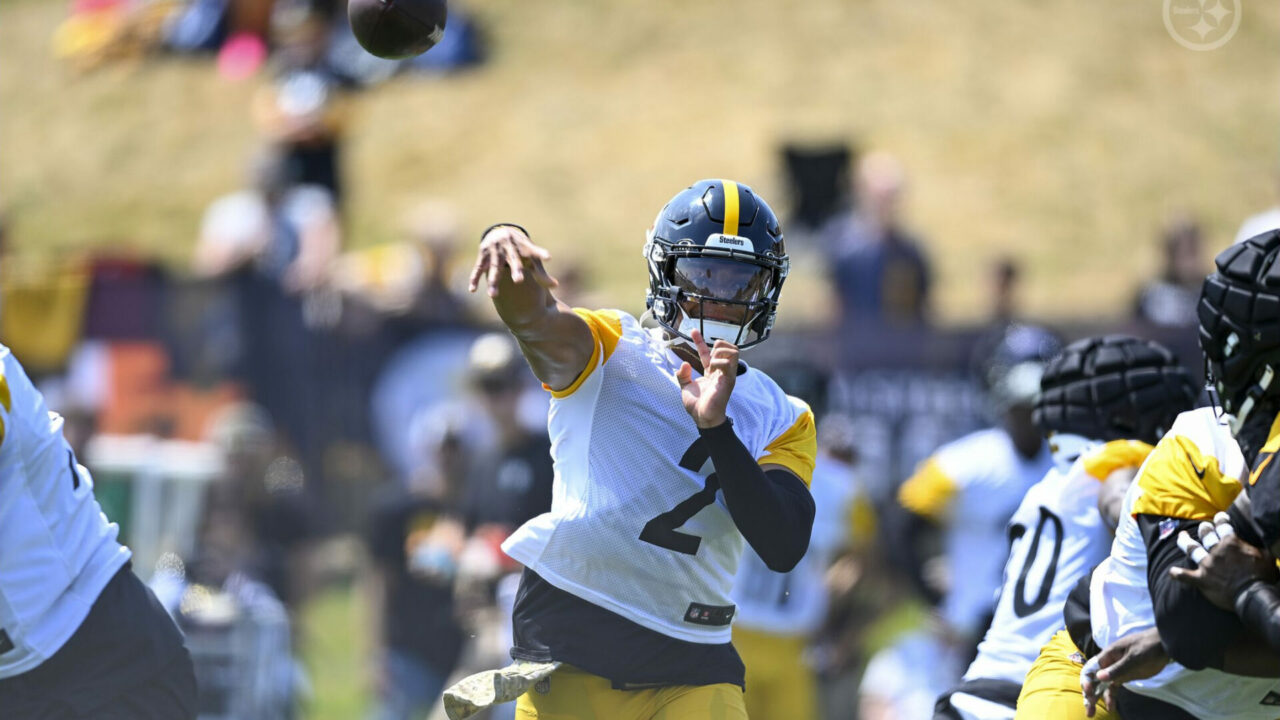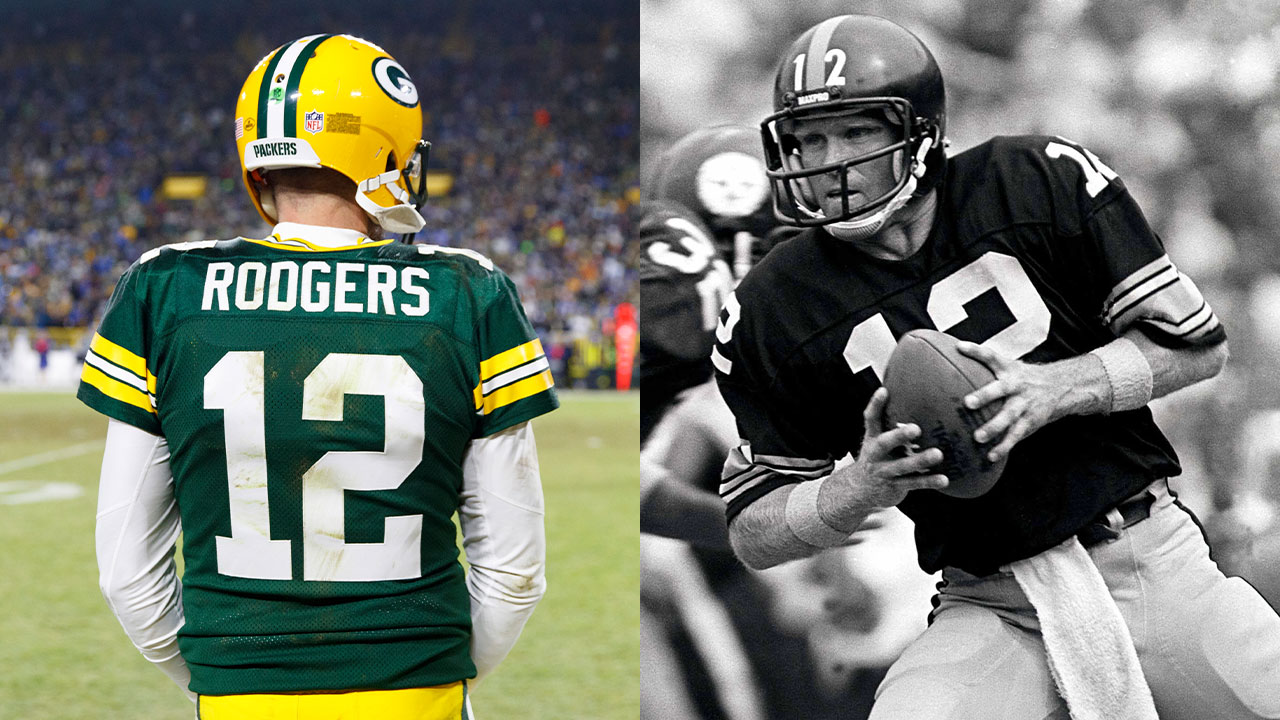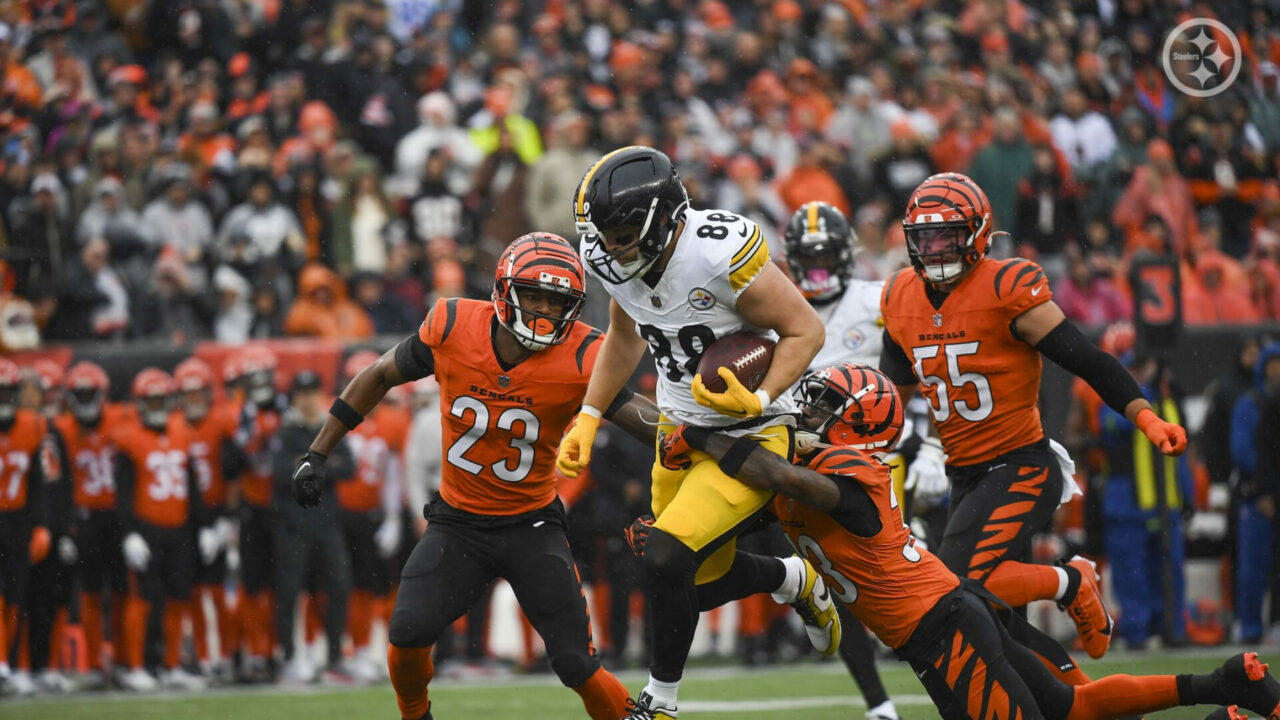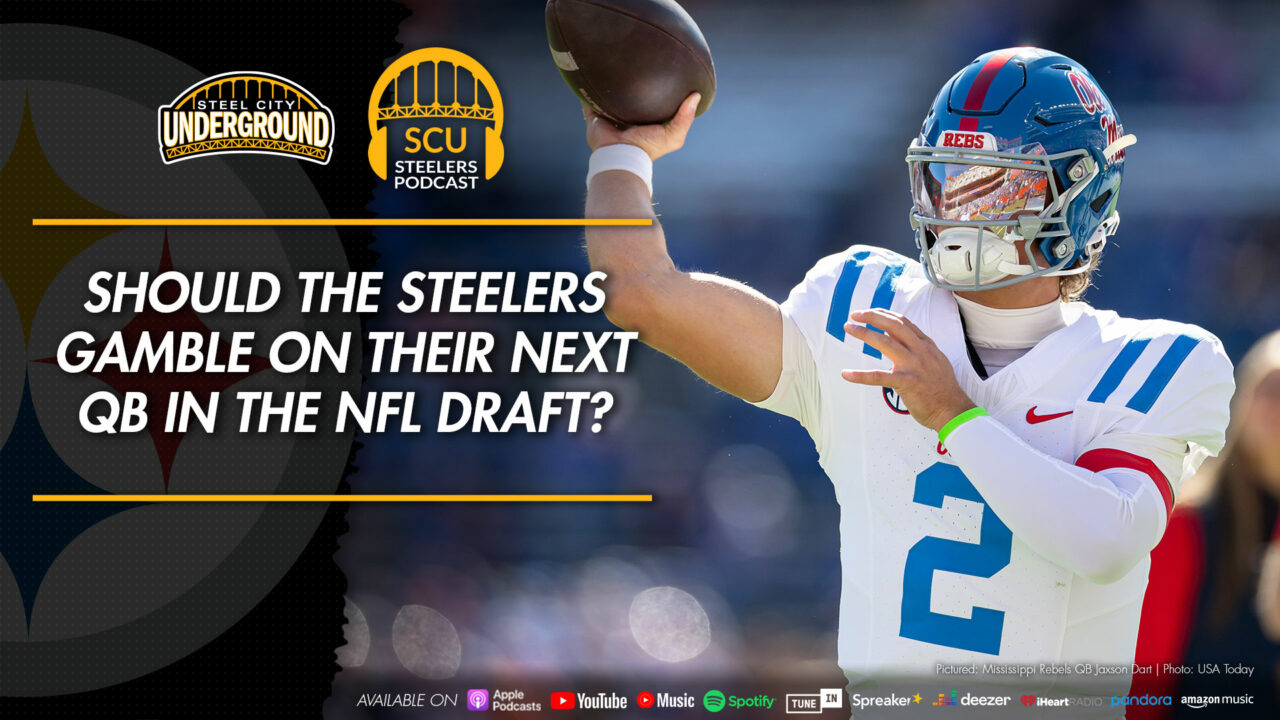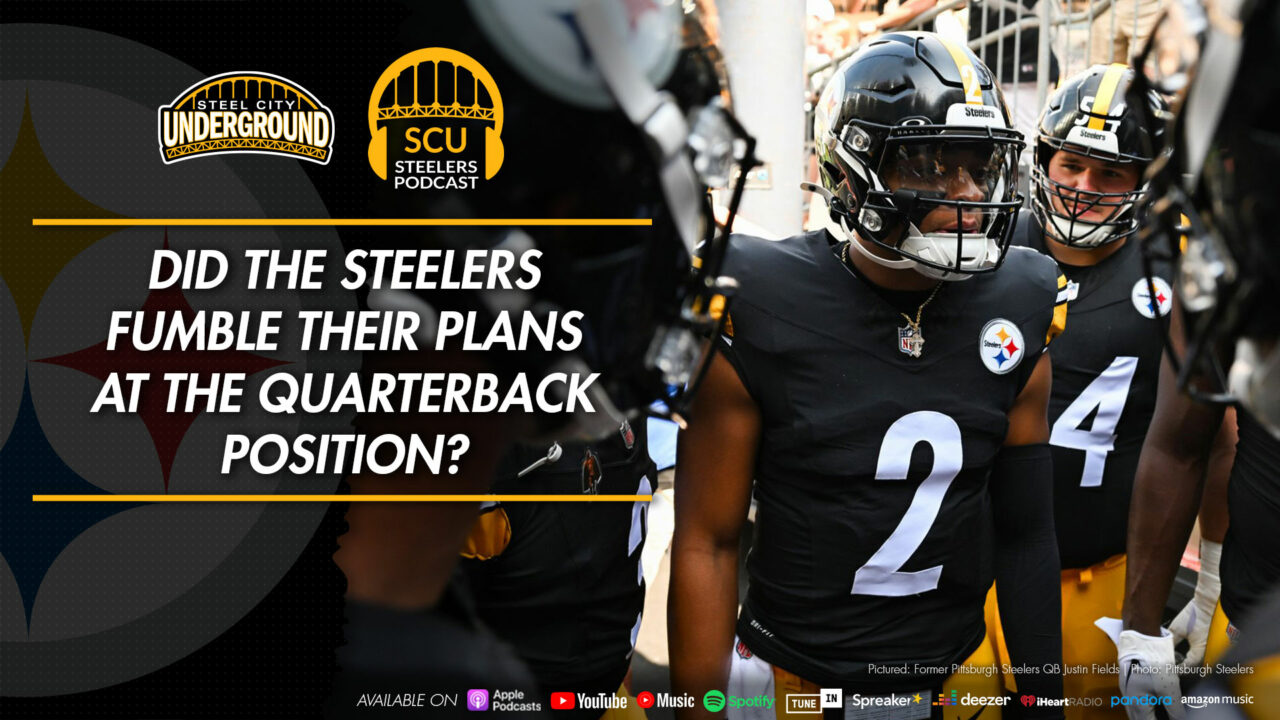Steelers Throwback Thursday: Honoring Arthur J. Rooney, Sr.
Steel City Underground presents “Steelers Throwback Thursday” featuring plays, stories, and recaps from recent and past seasons which you may have forgotten about! Now we’re “bringing them back!”
This week as we throwback to Pittsburgh Steelers history, we take a look at and honor the founder of the Pittsburgh Steelers, Arthur J. Rooney, Sr. On August 25th, we honored the 32nd anniversary of his passing.
Art Rooney was born on January 27, 1901, in Coulterville, Pennsylvania before his family settled on the north side of Pittsburgh when Art was 12 years old. He then lived one block away from Exposition Park, which had been home to the Pittsburgh Pirates until 1909. After attending a Catholic and Prep school, Rooney went on to Indiana Normal School, which is now Indiana University of Pennsylvania. He did not finish school at IUP, however, because he attended Temple University for his final year after receiving an athletic scholarship.
Rooney loved to play sports. He won the AAU welterweight belt in 1918 and he tried out for the 1920 Olympic team. He also played minor league baseball for both the Flint, Michigan “Vehicles” as well as the Wheeling, West Virginia “Stogies.” In 1925, while on the Stogies roster, he led the Middle Atlantic League in games, hits, runs, stolen bases, and finished second in batting average behind his brother, Dan Rooney. Lastly, Art played halfback for the semi-professional Pittsburgh football clubs, “Hope Harvey” and “Majestic Radio.” He later took over these clubs and renamed them before purchasing an NFL franchise.
Rooney, “The Chief”, purchased the Pittsburgh Steelers in 1933 for $2,500. At the time, the football team was named the “Pirates” after the baseball team before being changed to the “Steelers” at a later date. Despite the NFL desiring a team in Pittsburgh, due to its rich history of football with local clubs and the University of Pittsburgh, the Steelers struggled for many decades to win their first title. During that time, the team cut the then-unknown Johnny Unitas in training camp and traded their first-round pick in the 1965 draft to the Chicago Bears, who drafted Dick Butkus.
Not only was football popular in Pittsburgh, but the city had a history of good ice hockey play. The city had a professional team, the Pirates hockey team, disbanded in 1930 due to the Great Depression. Since then, a semi-professional team, the Pittsburgh Hornets, did very well and enjoyed championship hockey. The region wanted the sport to become more “major league” and pushed for Rooney’s help and influence to start a professional team in the NHL. He helped start the franchise of the Pittsburgh Penguins in 1967 and was a part-owner until the early 1970s.
After the success of the 1970s, Rooney stepped down from day-to-day operations following the Steelers’ victory in Super Bowl IX. He would assist his son, Dan Rooney, in running the team until his death just over a decade after he stepped down. The Steelers wore a commemorative patch following his death, where the team finished with a 5-11 record; their worst season in 1969.
The Chief’s legacy lives on, as he and his wife, Kathleen, had five sons, all a part of the Steelers organization. In total, the couple had 32 grandchildren and 75 great-grandchildren.
